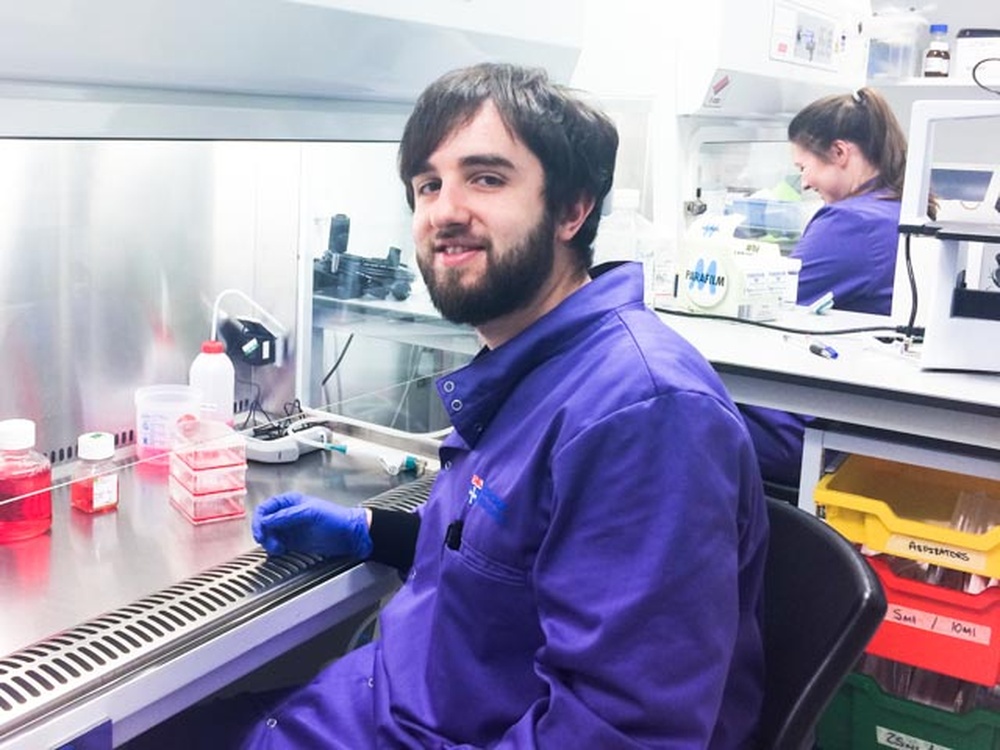Dr Kyle Thompson and Dr Ines Barbosa, both research associates funded by The Lily Foundation, are part of an international team whose work was published in the December edition of JAMA Neurology, a monthly peer-reviewed medical journal published by the American Medical Association.
The pair's achievement, which follows their contribution to an article published in Neurogenetics in November, is further evidence of the value of the work being done by Lily researchers, and highlights the charity’s commitment to improving diagnostic services for patients with mitochondrial disease.
The latest article describes research into a gene called RTN4IP1, which contains 'instructions' to make a protein needed for mitochondria to function normally. The aim of the two-year study was to define the spectrum of clinical features seen in patients with novel mutations in this gene.
Prior to this study, mutations in RTN4IP1 would only be suspected if mitochondrial disease patients presented with symptoms mainly affecting the eye. Through this international collaboration, however, it is now known that the range of symptoms can be much more extensive. Most importantly, it was found that mutations in RTN4IP1 should be considered when patients present with a variety of neurological symptoms.
The team used targeted and whole exome sequencing (WES) to identify mutations in 12 patients with mitochondrial disease, with one patient being diagnosed through the Lily exome sequencing project. They were then able to confirm that mutations in RTN4IP1 can result in a broader range of clinical symptoms than had previously been reported, ranging from isolated damage to nerve cells at the back of the eye to more severe brain dysfunction.
The information found in the study will help in the diagnosis of mitochondrial disease, and may benefit some patients still waiting for a genetic diagnosis. Kyle, who is based at the Wellcome Centre for Mitochondrial Research, Newcastle, commented: “It’s hugely important to report on cases like this, where we identify novel mutations in a gene that has previously been associated with a mitochondrial disorder. Through extensive collaboration with other groups around the world, we have been able to report several novel mutations in this gene, which will make it easier to diagnose similar cases in the future. Also, we have shown that the clinical symptoms of RTN4IP1 mutations are not entirely restricted to the eye, but can also cause more severe neurological symptoms similar to Leigh Syndrome. This information is valuable to clinical teams, and will hopefully prevent RTN4IP1 from being overlooked as a potential genetic diagnosis in mitochondrial disease patients that don’t have eye involvement.”
In addition to the published article, Ines had the opportunity to present the work at a meeting of the American Society of Human Genetics, which took place in Orlando in October 2017.
The published article is available to read online here.

